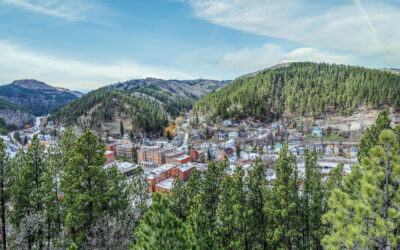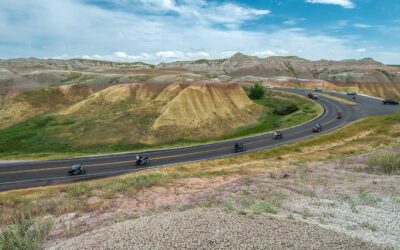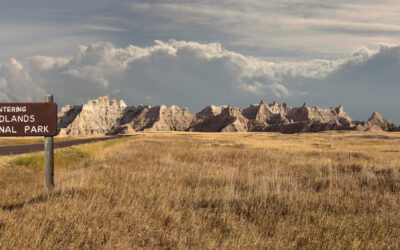Mount Rushmore, a colossal sculpture nestled in the Black Hills of South Dakota, stands as a testament to both American ingenuity and the nation’s rich history. Carved into the granite face of the mountain are the likenesses of four revered presidents: George Washington, Thomas Jefferson, Abraham Lincoln, and Theodore Roosevelt. But behind this iconic monument lies a fascinating tale of vision, determination, and controversy.
Formation of Mount Rushmore
The story of Mount Rushmore begins over 1.8 billion years ago when the granite core of the Black Hills was formed through geological processes. Native American tribes, including the Lakota Sioux, inhabited this region for centuries, considering it sacred land. In the 19th century, European settlers arrived, bringing with them a surge of interest in the area’s natural beauty.
The Visionary: Gutzon Borglum
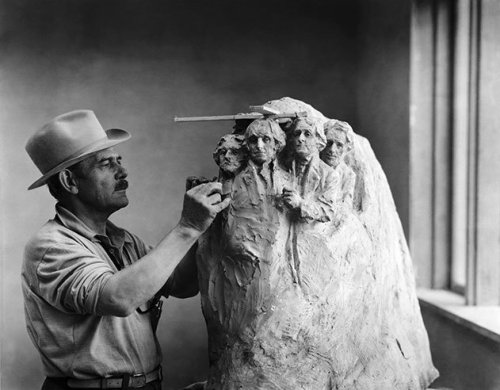
The idea of carving monumental sculptures into the Black Hills was first proposed by South Dakota historian Doane Robinson in 1923. Robinson envisioned creating a tourist attraction that would draw visitors to the state. To bring his vision to life, Robinson enlisted the expertise of sculptor Gutzon Borglum.
Born in Idaho in 1867, Borglum was renowned for his skill in sculpting large-scale works. He had previously worked on projects like the Stone Mountain Confederate Memorial in Georgia. Borglum’s ambitious vision for Mount Rushmore would not only showcase American leadership but also serve as a symbol of national pride and unity.
The Creation of Mount Rushmore
Borglum began work on Mount Rushmore in 1927, aided by a team of skilled workers. The selection of the four presidents—Washington, Jefferson, Lincoln, and Roosevelt—was intentional, representing key periods in American history: the birth, growth, preservation, and development of the nation.
The construction process was arduous, with workers using dynamite to blast away tons of granite. Borglum’s meticulous planning and artistic vision ensured that each president’s likeness was accurately captured in the stone. Despite facing numerous challenges, including funding shortages and the complexities of working with such a massive scale, Borglum remained steadfast in his commitment to the project.
Controversies Surrounding Mount Rushmore
While Mount Rushmore is celebrated as a national icon today, it has also been the subject of controversy. The Black Hills, where the monument is located, hold deep spiritual significance for Native American tribes, particularly the Lakota Sioux, who consider them sacred land. The construction of Mount Rushmore without tribal consent and the desecration of this sacred site have sparked ongoing debates about cultural appropriation and indigenous rights.
Furthermore, Gutzon Borglum’s ties to the Ku Klux Klan have raised questions about the monument’s symbolism and the artist’s motivations. Borglum’s association with the Klan, while not directly influencing his work on Mount Rushmore, has added layers of complexity to its interpretation.
Legacy and Impact
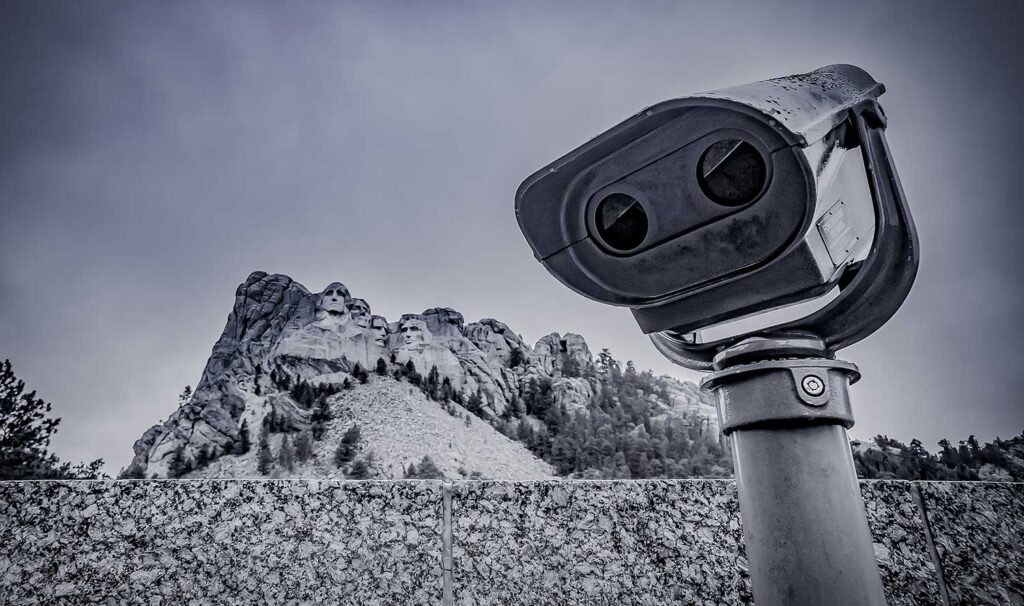
Mount Rushmore was officially completed in 1941, becoming a symbol of American democracy and exceptionalism. Over the years, it has attracted millions of visitors from around the world, serving as a reminder of the nation’s founding principles and the leadership of its presidents.
Despite its controversies, Mount Rushmore remains an enduring symbol of American identity and aspiration. Its grandeur and scale continue to inspire awe, while its complex history prompts reflection on the intersection of art, politics, and culture in the United States.
Planning Your Visit to Mount Rushmore
Mount Rushmore stands as a monumental tribute to American history and the enduring legacy of its presidents. From its humble beginnings as a vision to its realization through the dedication of Gutzon Borglum and his team, the monument embodies the spirit of ambition and determination that defines the nation. As visitors gaze upon the stoic faces of Washington, Jefferson, Lincoln, and Roosevelt, they are reminded of the ideals upon which America was founded and the ongoing pursuit of a more perfect union.
Check out some important links below:

